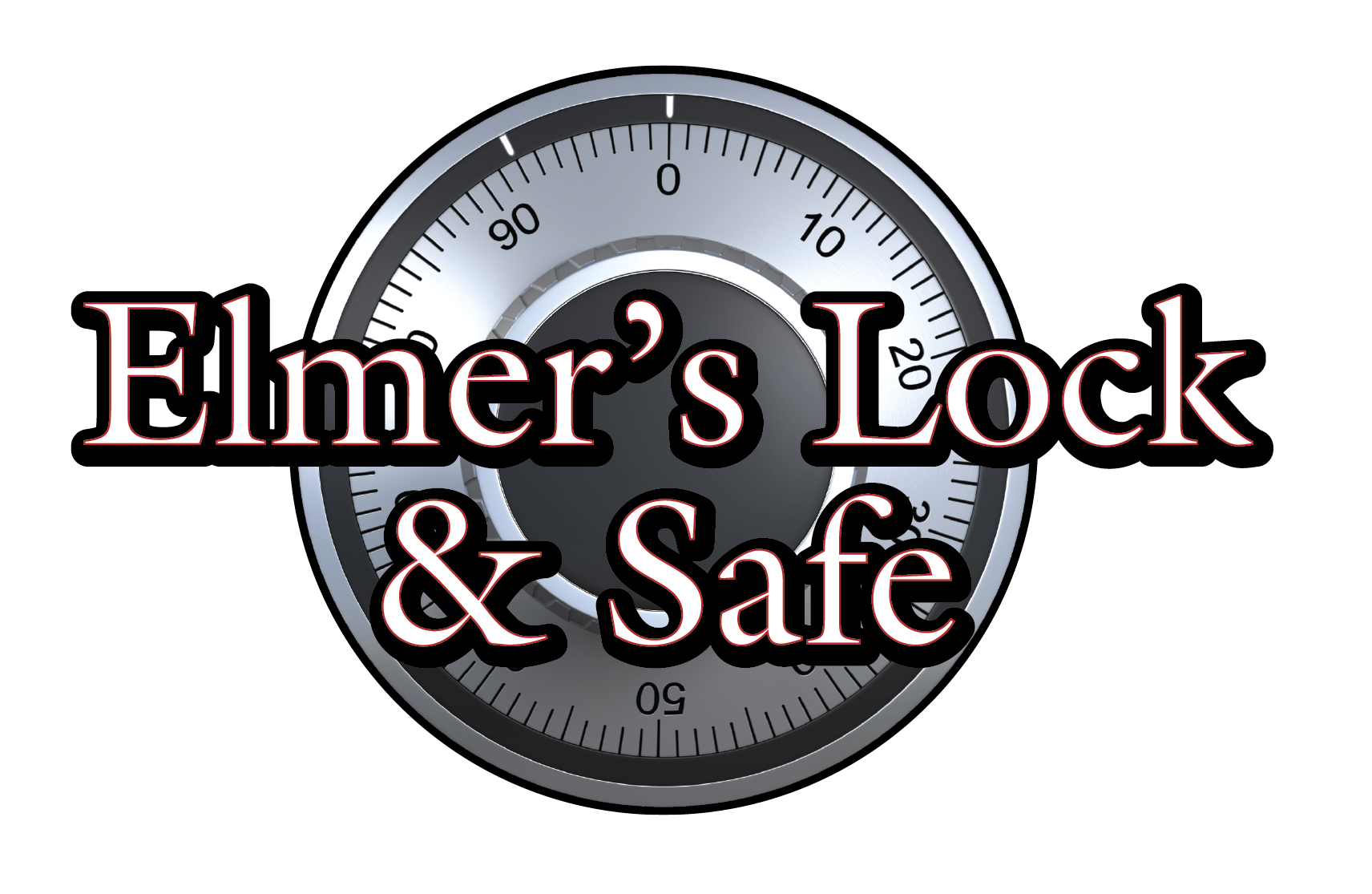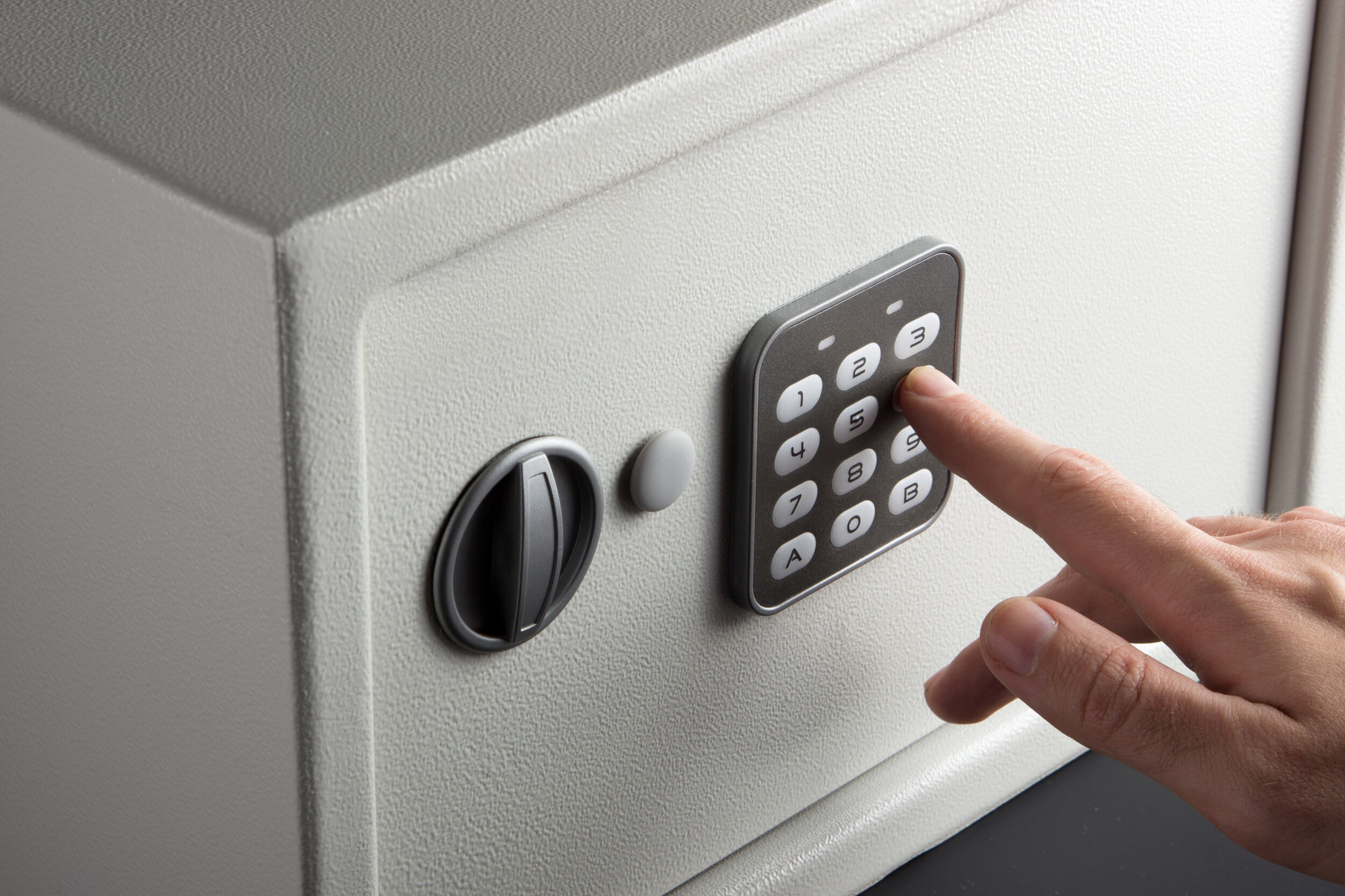When You Will Need a Locksmith to Open A Safe
Safes have been manufactured and in use for centuries now. They’re used daily for a variety of different reasons by people around the world. Safes are convenient and easy to use so it is easy to understand why people purchase and use them often. It is a goal for most to have security in their lives, especially with certain prized processions. There are times basic security measures might be considered satisfactory to keep personal belongings secure. However, safes come in handy when there is a need to keep something secure above the rest.
With all the positives that come with using a safe for an added security measure, it’s hard to think about a safe giving a homeowner or consumer a headache. There are actually several reasons why a safe may be locked and refuses to open. When a safe refuses to open, it will be necessary to call in the services of a locksmith for safes to solve the problem. Let’s explore some reasons why consumers need a locksmith for safes:
1. Safe Combination or Lost Keys
Similar to being locked out of your car or your home because you lost or misplaced the keys, being locked out of your safe because you forgot the combination poses a problem. Luckily, locksmiths for safes have been trained to help when there is a safe lockout. However, when there is a home lockout, it is much less complicated when there is a safe lockout.
Safes are designed to safeguard very expensive valuables, so it only makes sense that it is much more complicated to access the safe than it is a car or your home. Backup measures are typically in place to safeguard the contents of the safe in the event someone tries to stage a forcible entry. This is when locksmiths come into play because they have been trained on how to bypass the auxiliary measures and gain access. They do all of this without damage or harm to the contents of the safe.
The contents of the safe may contain priceless valuables, heirlooms, or important data. This serves as a crucial reminder that you should not try to access the safe yourself by using a DIY ‘trick’ because of the potential of harming the contents inside the safe. Locksmiths exist for a reason and have been properly trained to keep your belongings safe. Again, do not try to break open the safe yourself.
Sometimes there is a situation where not being able to access the safe comes about through no fault of your own. This often happens when a safe is inherited and no key or combination was left or can be found. Of course, the locksmith will have to verify the safe is truly yours before unlocking it, but the assistance of the locksmith will ensure it is opened and without any damage.
2. The Wiring has Internal Damage
Traditional safes are unlocked with a key or combination. However, electronic safes are made with internal wiring and this has the potential to become damaged with use over time. The damage can occur within the wires that send signals from your keypad to your locking bolts. When this happens, the signal is not being sent or carried through, which will make it nearly impossible to operate your safe. Luckily, locksmiths are trained to work on electronic safes, along with traditional ones.
Before calling in a locksmith if you notice your keypad is not turning the bolts, you can try a little troubleshooting yourself. When bolts won’t turn, it does not automatically mean the wiring is damaged or frayed. It could be something as simple as the keypad became disconnected or the batteries (the safe’s power source) are depleted. Try not to automatically call in a locksmith if this happens and attempt diagnosing the problem yourself.
3. Shifting Combination Numbers
When working with combination safes, particularly ones that are much older, there is a possibility that the corresponding combination has shifted, even in the very slightest way. Although super rare, it does happen, especially when safes have also not been properly maintained. Again, before calling in a locksmith for safes, there are a few things to try first. However, if you are successful opening the safe, service will still be necessary by a locksmith for safes to help it operate at its’ best.
If you are certain you have the right combination and it is not working, try altering the numbers a little bit to see if the combination has shifted. Start by moving your combination dial in increments and then subtract one from every number in your combination code to see if it works. If it doesn’t work, try again until you have done this 5 times. If you attempt unlocking it 5 times and still aren’t successful, you should stop. Then you can begin adding one to each number (of your original code), repeating the same process as before. For example, if your original code was 1234, try 2345 and work up from there. Hopefully this method will help you open your safe. Just make sure even if you are successful with this method to call a locksmith for safes to obtain proper maintenance on your safe.
4. Jammed Safe Bolts
The user of the safe is not always to blame for why a safe won’t open. Often the right key or combination code are being used, but your safe still won’t open. The safe bolts may be to blame because something isn’t right with them or they are jammed. Locksmiths for safes are frequently used for this problem.
To determine if you possibly have jammed safe bolts and need to call a locksmith for safes, try turning the locking mechanism. If it will not fully rotate for the safe doors to open, this may be your first clue the bolts are jammed or not working properly. Bolts jam on safes for a number or reasons. The first being if the bolts are misaligned or the proper maintenance has not been performed on the safe over time. If excessive force is applied to the safe, the bolts may also misalign. This can even happen during delivery of the safe if it is not handled properly. Again, turn the knob and if you can’t make one full rotation on it, call your locksmith for safes.
5. The Locking Mechanism is Damaged
In the instance where a burglar gets ahold of your safe, but luckily is unsuccessful with opening the safe, damage still may have been done. Chances are the safe was battered with excessive force and kicked. With this type of force and abuse, the locking mechanism is most likely damaged. Although you will still need to call in a locksmith for safes, be glad your safe was able to resist that type of treatment and still did not allow an unauthorized entry.
With this type of circumstance where the locking mechanism has been damaged, you most likely will not be able to access the safe, even if you have the correct combination code. You can try it multiple times, but it won’t change anything because the damage has been done and a locksmith for safes needs to be called in for repair.
6. Neglecting to Service the Safe
Maintenance, maintenance, maintenance. I cannot stress this enough! It is extremely important to maintain your safe since they contain mechanical components. However, many safe owners neglect to have their safe maintained and it is common for locksmiths to be called when safes are not functioning properly. Lacking on safe maintenance also increases the risk for a safe lockout and it increases the need for a locksmith for safes.
In addition, create a habit of servicing your safe on a regular basis. Several of the potential problems I’ve discussed here could be completely avoided if you perform regular maintenance on your safe. It will give you the opportunity assess your safe often. You should also lubricate the components of your safe to ensure your safe is working effectively and efficiently.
7. Time Delay & Lockout Mode Engaged
Lockout mode is a safety feature that engages automatically if the wrong combination is entered too many times. If this occurs, lockout mode or time delay engages and you will not be able to access your safe. Since all safes are different, that threshold number can be different. One safe may go into lockout mode after one failed attempt where other safes may give you up to 5 attempts before it locks you out completely. There is no universal setting for when a safe will go into lockout mode.
On most electronic safes, the lockout feature is standard, but there are differences between types of safes. In comparison, this is very similar to the way electronic locks vary on doors from traditional locks. Some safes will even offer a time delay feature on the safe. This feature is put in place so a safe can only be opened at certain times or only a certain number of times. By having these features on your safe, you can rest easy knowing that additional security measures have been put in place. Sometimes though, these security measures keep you from accessing your safe and a locksmith for safes needs to be called to gain access.
Conclusion
No one plans on ever being locked out of their safe, but we all know the truth is, things happen, and not usually at the most convenient times. Rest easy knowing we at Elmer’s Lock and Safe are here to help! Contact us today!

